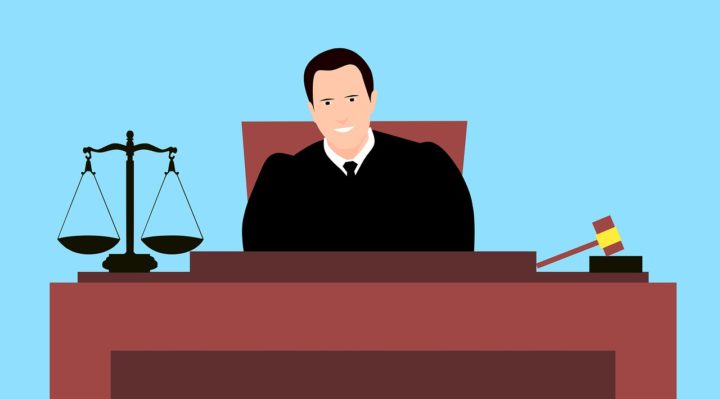
Negligence per se is a legal doctrine defining an act as negligent when it violates a law that was intended to protect the public. For a plaintiff seeking compensation for injuries, proof of negligence per se, or negligence “as a matter of law” or “in itself,” can make the claims process easier. Negligence is the crux of many personal injury cases, but there are different forms of negligence.
Negligence vs. Negligence Per Se
Negligence can be difficult to prove in court. For victims to recover compensation in ordinary negligence cases, it must be demonstrated that the defendant owed a duty to the victim to act with reasonable care and that the breach of that duty caused the victim to be injured. It’s often up to a judge or jury to determine whether a defendant’s actions fell below a societally or organizationally agreed-upon standard of conduct. Whether someone “acted reasonably” is a subjective matter, and often comes down to the relative skill of the attorneys. Expert witness statements, extensive investigations, and eyewitness accounts are often needed to prove negligence in a personal injury case.
Negligence per se is much clearer to define. There is not a need to prove that the defendant’s actions were careless or that the defendant acted unreasonably when relying on negligence per se. With negligence per se, the duty and breach aspects of a negligence claim are eliminated. All the plaintiff needs to prove is that the defendant’s actions violated a law or statute that was intended to protect the public and that violating that law caused the victim’s injury.
If an illegal act caused the plaintiff harm, the injured victim can more easily recover the damages owed when filing a personal injury lawsuit under the doctrine of negligence per se. This is true even if the defendant has not been charged with a criminal offense. Evidence of a criminal conviction, however, may be admissible in court and may make it easier for the victim’s personal injury attorney to apply negligence per se.
For example, in a slip and fall case, an injured victim may be able to prove a business was negligent per se because the owner didn’t shovel snow from the sidewalk, an act that violated a city statute.
Proving Negligence Per Se in Court
While proving negligence per se seems simple, it isn’t necessarily easy or straightforward. To prove this form of negligence successfully, the plaintiff must demonstrate the following:
- A law that was enacted for safety reasons was violated by the defendant
- The law was designed to protect against similar injuries
- The plaintiff belongs to the group of people the law was enacted to protect
- The violation caused the victim harm
One of the most clear-cut examples of negligence per se is that of drunk driving liability. Laws against driving under the influence are provably enacted to protect the general public from deadly motor vehicle accidents. As a member of the general public, the plaintiff can show that an impaired driver is guilty of negligence per se if the at-fault driver was intoxicated while operating a motor vehicle and that driving under the influence caused the victim to be injured.
The Aftermath of an Accident or Injury
The police and an attorney are the best resources for a plaintiff seeking damages for an injury. Victims injured by another’s negligence should provide thorough and accurate reports to the local police department.
Proving negligence per se demands proof that the violation of law occurred. Not all cases involving negligence per se are easy to prove. Plaintiffs seeking damages should work with a personal injury attorney to create an airtight, successful case of negligence per se.



